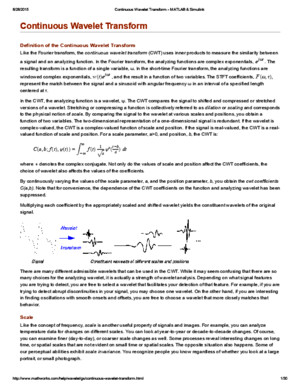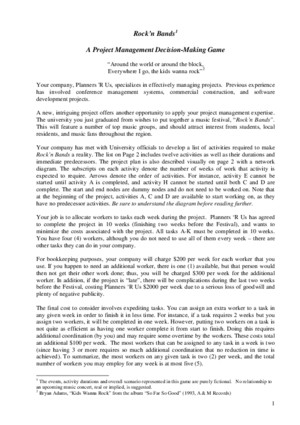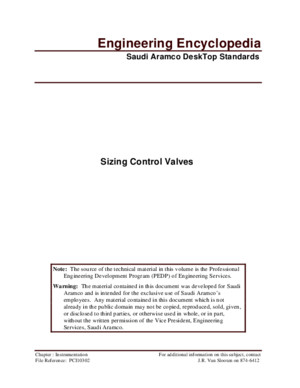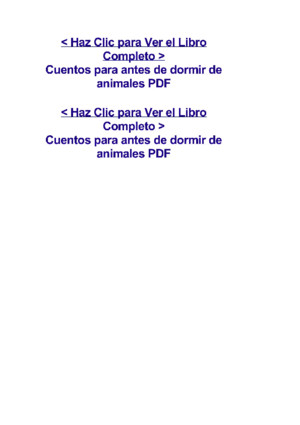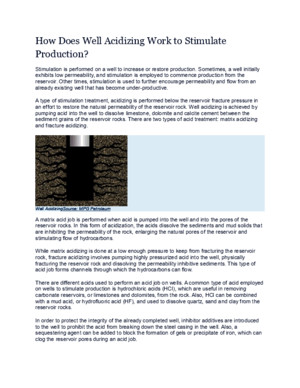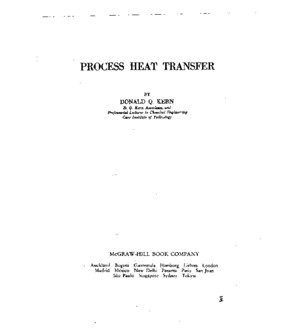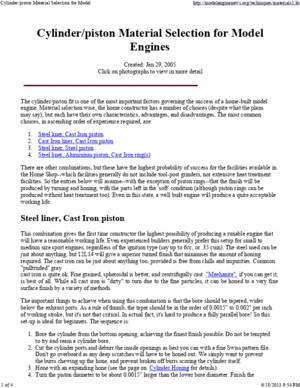Continuous Wavelet Transform MATLAB Simulink
There is document - Continuous Wavelet Transform MATLAB Simulink available here for reading and downloading. Use the download button below or simple online reader.
The file extension - PDF and ranks to the Documents category.
Tags
Related
Comments
Log in to leave a message!
Description
Download Continuous Wavelet Transform MATLAB Simulink
Transcripts
8/28/2015 Continuous Wavelet Transform - MATLAB Simulinkhttp://wwwmathworkscom/help/wavelet/gs/continuous-wavelet-transformhtml 1/30 Continuous Wavelet Transform Definition of the Continuous Wavelet Transform Like the Fourier transform, the continuous wavelet transform (CWT) uses inner products to measure the similarity betweena signal and an analyzing function In the Fourier transform, the analyzing functions are complex exponentials, Theresulting transform is a function of a single variable, ω In the short-time Fourier transform, the analyzing functions arewindowed complex exponentials, , and the result in a function of two variables The STFT coefficients, represent the match between the signal and a sinusoid with angular frequency ω in an interval of a specified lengthcentered at τIn the CWT, the analyzing function is a wavelet, ψ The CWT compares the signal to shifted and compressed or stretchedversions of a wavelet Stretching or compressing a function is collectively referred to as dilation or scaling and correspondsto the physical notion of scale By comparing the signal to the wavelet at various scales and positions, you obtain afunction of two variables The two-dimensional representation of a one-dimensional signal is redundant If the wavelet iscomplex-valued, the CWT is a complex-valued function of scale and position If the signal is real-valued, the CWT is a real-valued function of scale and position For a scale parameter, a>0, and position, b , the CWT is:where denotes the complex conjugate Not only do the values of scale and position affect the CWT coefficients, thechoice of wavelet also affects the values of the coefficientsBy continuously varying the values of the scale parameter, a , and the position parameter, b , you obtain the cwt coefficientsC(a,b) Note that for convenience, the dependence of the CWT coefficients on the function and analyzing wavelet has beensuppressedMultiplying each coefficient by the appropriately scaled and shifted wavelet yields the constituent wavelets of the srcinalsignalThere are many different admissible wavelets that can be used in the CWT While it may seem confusing that there are somany choices for the analyzing wavelet, it is actually a strength of wavelet analysis Depending on what signal featuresyou are trying to detect, you are free to select a wavelet that facilitates your detection of that feature For example, if you aretrying to detect abrupt discontinuities in your signal, you may choose one wavelet On the other hand, if you are interestingin finding oscillations with smooth onsets and offsets, you are free to choose a wavelet that more closely matches thatbehavior Scale Like the concept of frequency, scale is another useful property of signals and images For example, you can analyzetemperature data for changes on different scales You can look at year-to-year or decade-to-decade changes Of course,you can examine finer (day-to-day), or coarser scale changes as well Some processes reveal interesting changes on longtime, or spatial scales that are not evident on small time or spatial scales The opposite situation also happens Some of our perceptual abilities exhibit scale invariance You recognize people you know regardless of whether you look at a largeportrait, or small photograph e jωt w ( t ) e jωt F ( ω , τ ) , C ( a , b ; f ( t ) , ψ ( t )) = ∞−∞ f ( t ) 1 G a ψ ∗ ( t − ba ) dt ∗ 8/28/2015 Continuous Wavelet Transform - MATLAB Simulinkhttp://wwwmathworkscom/help/wavelet/gs/continuous-wavelet-transformhtml 2/30 To go beyond colloquial descriptions such as "stretching" or "shrinking" we introduce the scale factor , often denoted by theletter a The scale factor is a inherently positive quantity, a >0 For sinusoids, the effect of the scale factor is very easy toseeIn sin(at), the scale is the inverse of the radian frequency, a The scale factor works exactly the same with wavelets The smaller the scale factor, the more "compressed" the waveletConversely, the larger the scale, the more stretched the wavelet The following figure illustrates this for wavelets at scales1,2, and 4 8/28/2015 Continuous Wavelet Transform - MATLAB Simulinkhttp://wwwmathworkscom/help/wavelet/gs/continuous-wavelet-transformhtml 3/30 ••This general inverse relationship between scale and frequency holds for signals in general See CWT as a FilteringTechnique and Scale and Frequency for more information on the relationship between scale and frequency Not only is a time-scale representation a different way to view data, it is a very natural way to view data derived from agreat number of natural phenomena Scale and Frequency There is clearly a relationship between scale and frequency Recall that higher scales correspond to the most "stretched"wavelets The more stretched the wavelet, the longer the portion of the signal with which it is being compared, andtherefore the coarser the signal features measured by the wavelet coefficientsTo summarize, the general correspondence between scale and frequency is:Low scale a ⇒ Compressed wavelet ⇒ Rapidly changing details ⇒ High frequency ωHigh scale a ⇒ Stretched wavelet ⇒ Slowly changing, coarse features ⇒ Low frequency ωWhile there is a general relationship between scale and frequency, no precise relationship exists Users familiar withFourier analysis often want to define a mapping between a wavelet at a given scale with a specified sampling period to afrequency in hertz You can only do this in a general sense Therefore, it is better to talk about the pseudo-frequencycorresponding to a scale The Wavelet Toolbox™ software provides two functions centfrq and scal2frq , which enableyou to find these approximate scale-frequency relationships for specified wavelets and scalesThe basic approach identifies the peak power in the Fourier transform of the wavelet as its center frequency and dividesthat value by the product of the scale and the sampling interval See scal2frq for details The following example showsthe match between the estimated center frequency of the db8 wavelet and a sinusoid of the same frequency
Recommended

